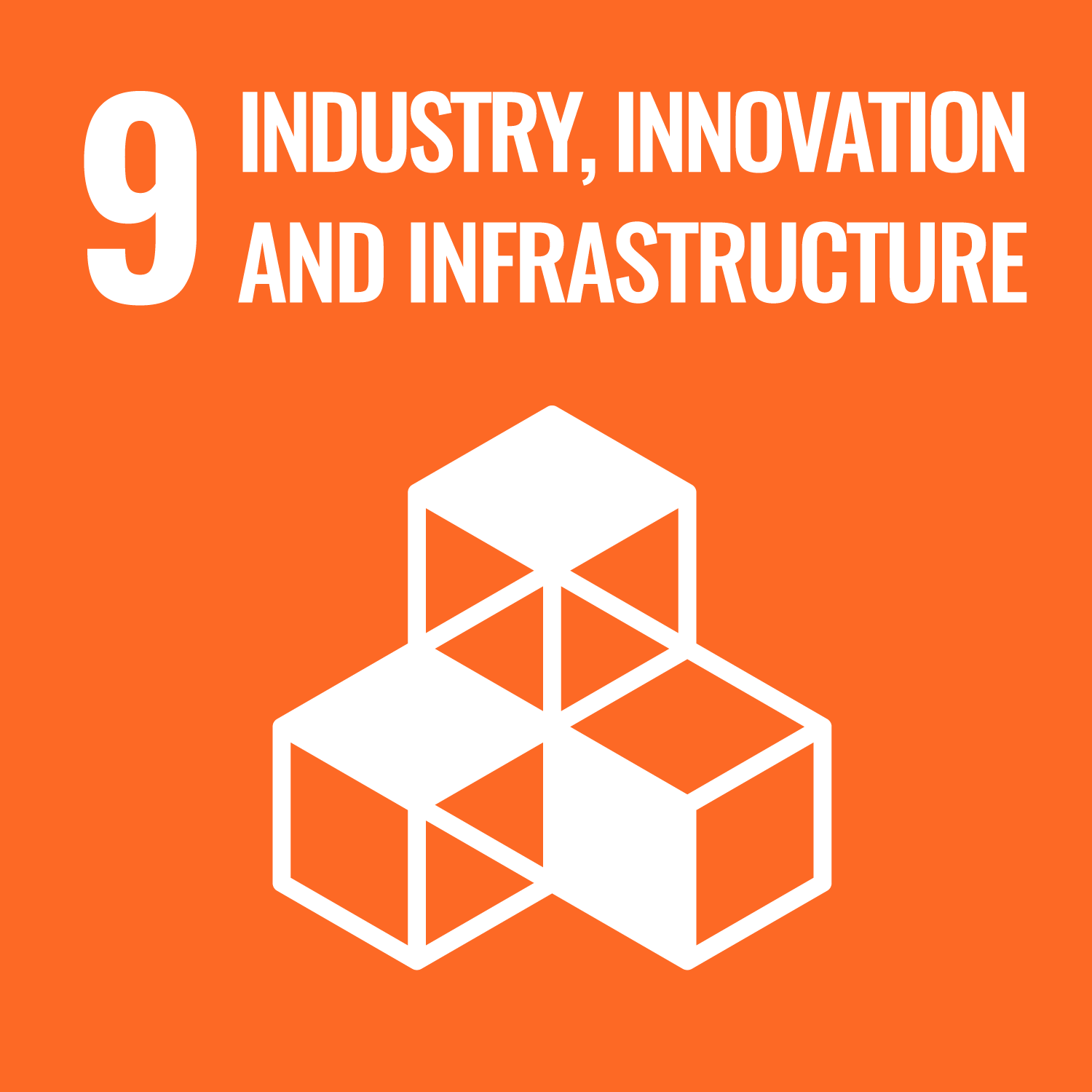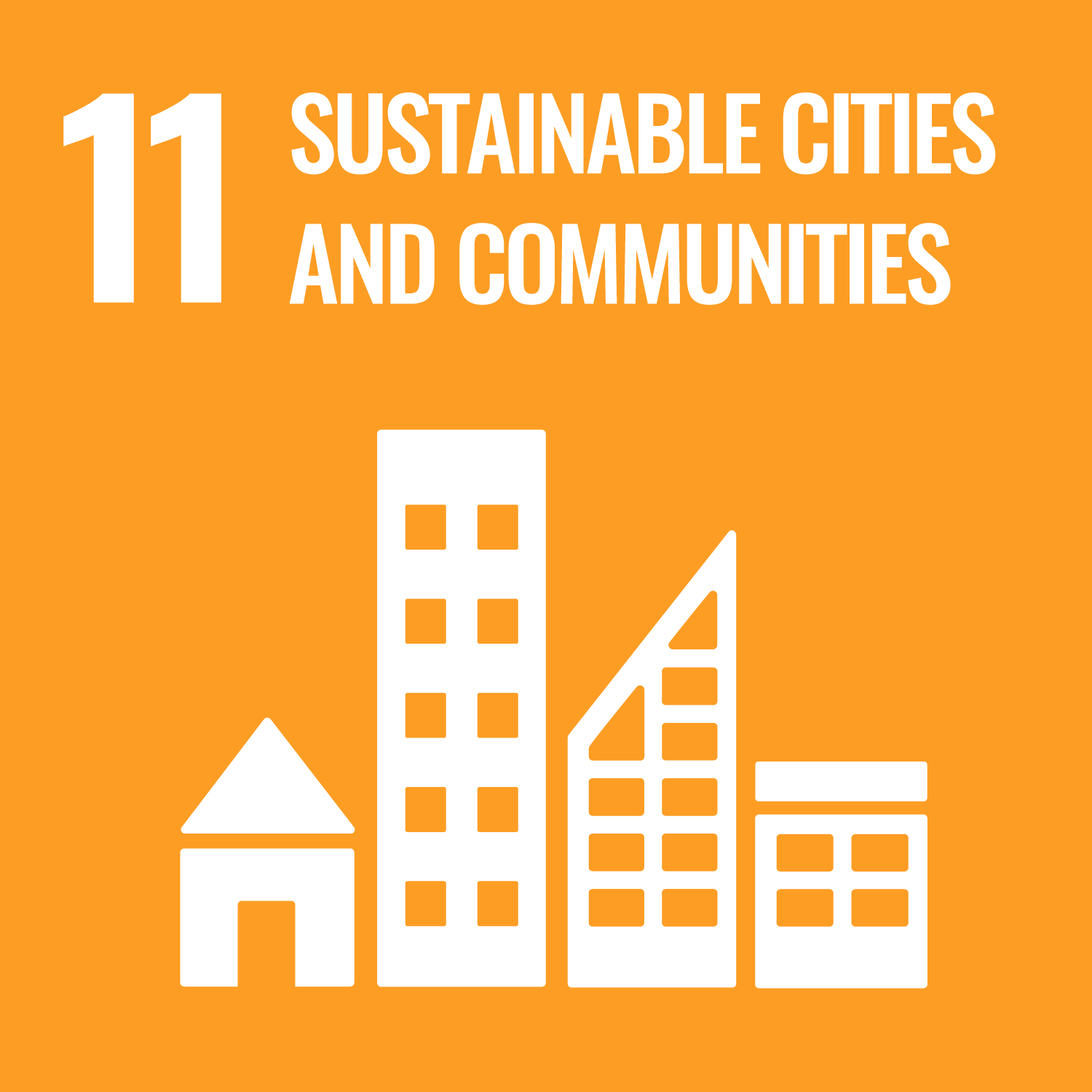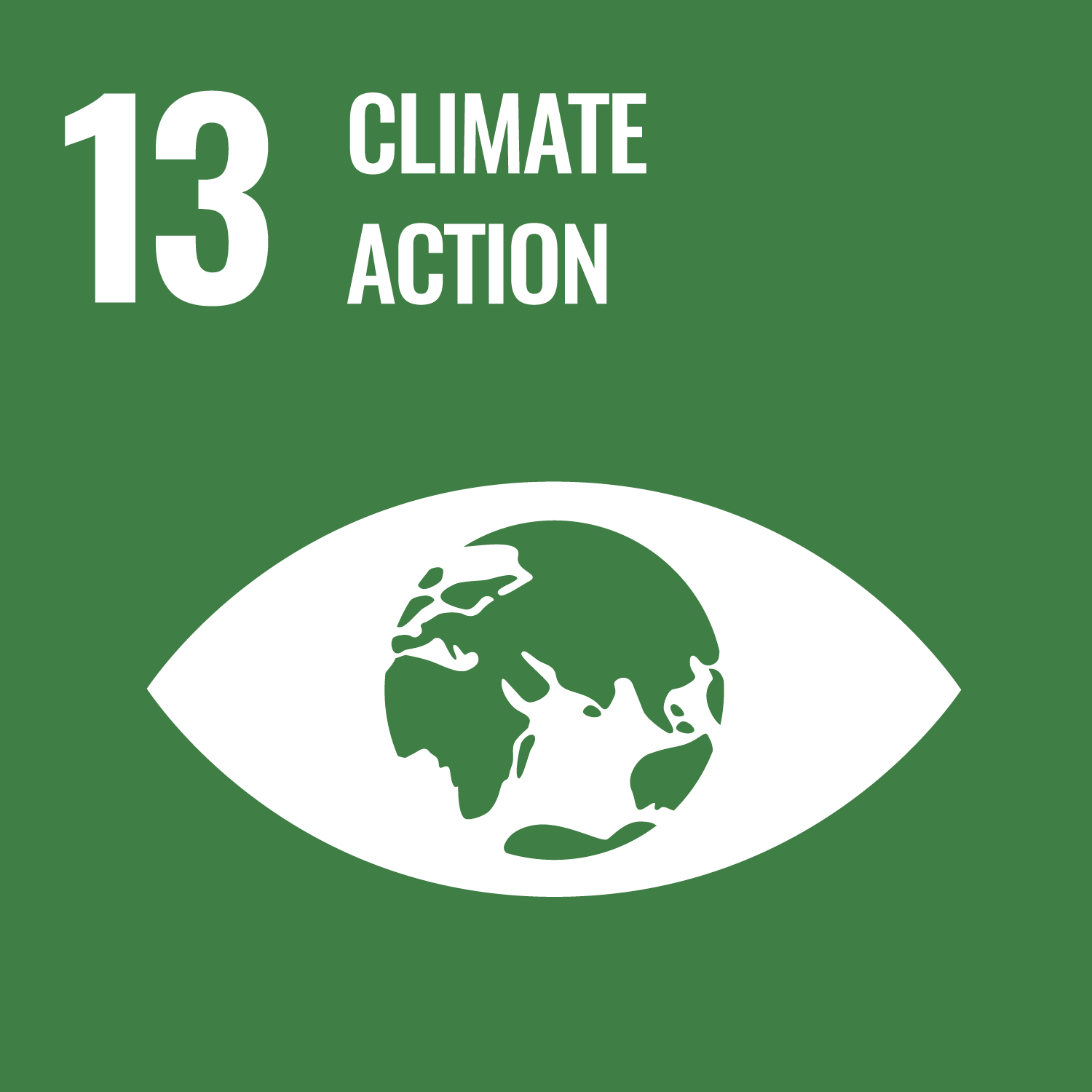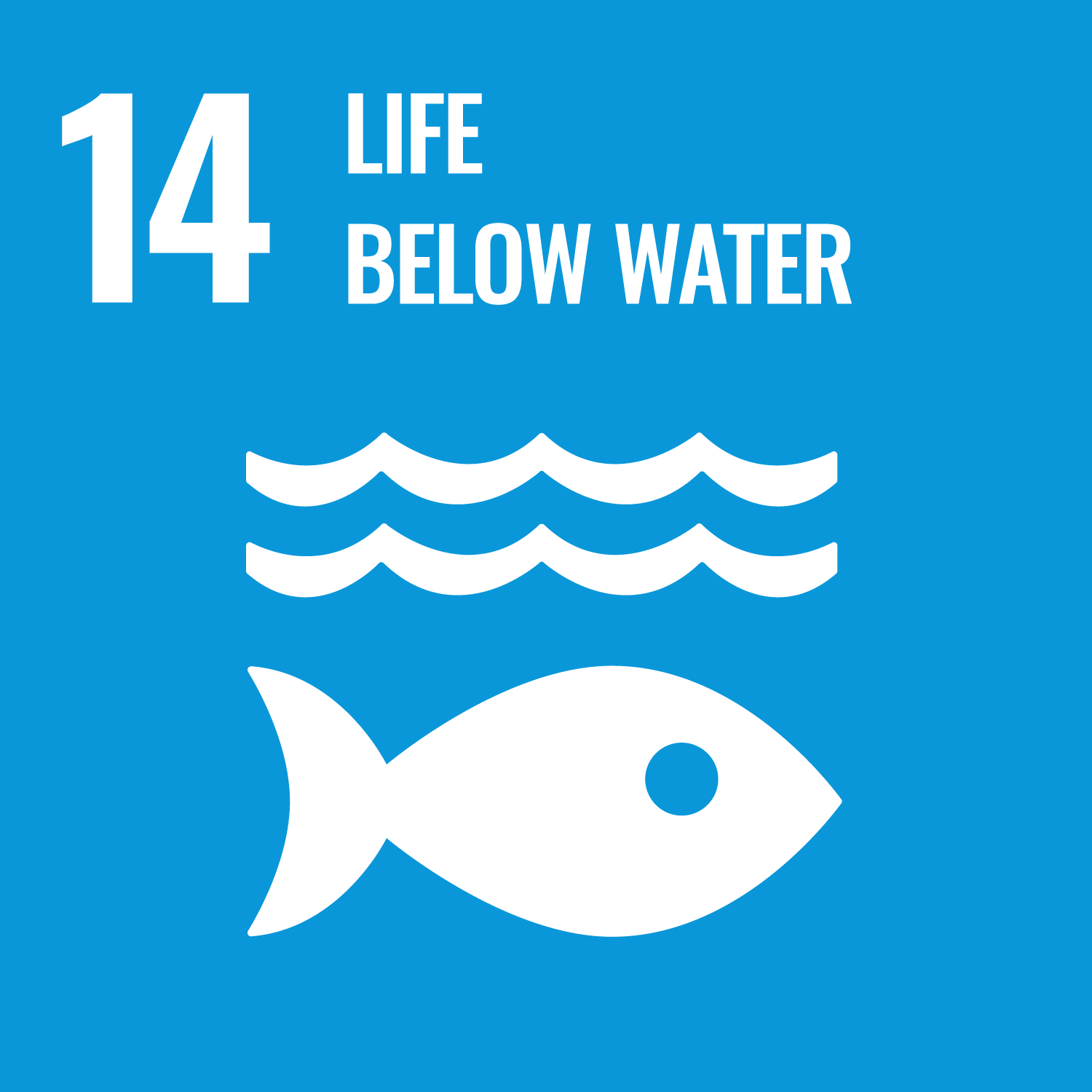SDG Detail
Introduction to GIS and Spatial Analysis
NoneProject description
This course provides an introduction and overview of how spatial thinking is translated into specific methods to handle geographic information and the statistical analysis of such information. This is not a course to learn a specific GIS software program, but the goal is to learn how to think about spatial aspects of research questions, as they pertain to how the data are collected, organized and transformed, and how these spatial aspects affect statistical methods. The focus is on research questions relevant in the social sciences, which inspires the selection of the particular methods that are covered. Examples include spatial data integration (spatial join), transformations between different spatial scales (overlay), the computation of �spatial� variables (distance, buffer, shortest path), geovisualization, visual analytics, and the assessment of spatial autocorrelation (the lack of independence among spatial variables). The methods will be illustrated by means of open source software such as QGIS and R
Project aims
?
Project outcome
?
Related SDGs
The corresponding sustainable development goals correlated with this project. You you click the icon to link to SDG category description page.












